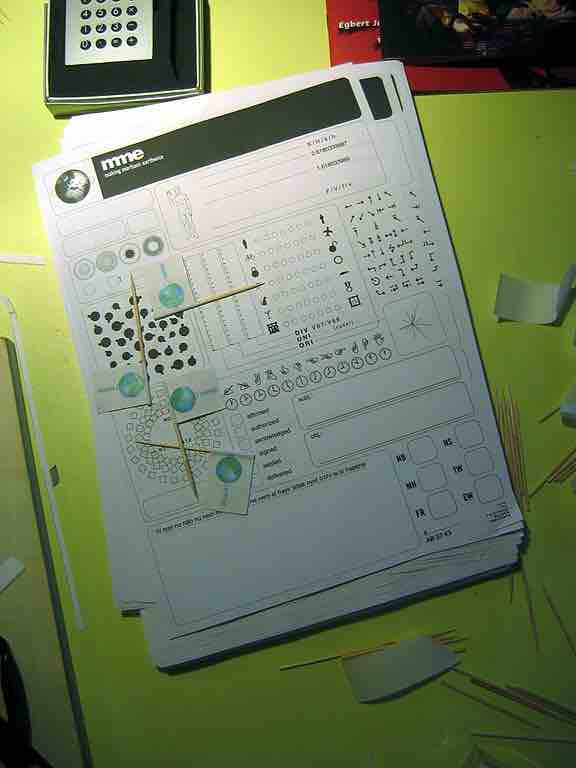The Job Fit Template
The basis for improving fit between the employee and the job is striking a balance between job design and individual—crafting the job in such a way that it complements the employee's individual skills, aspirations, personality, and attributes. Job design is usually completed prior to hiring the individual who then performs the identified duties. As a result, flexibility to tailor the job design for both organizational effectiveness and employee job satisfaction is a significant, ongoing part of the job design process.
If a job is well designed, then the competencies it requires and responsibilities it involves are explicit and clear. This design becomes the foundation for the job description, which is a more exact picture of the job's nature and which comprises the following:
- The title and duties the job fulfills
- Who supervises the employee holding the job
- Experience and qualifications expected from an applicant
The job description outlines the general attributes of the person for whom the job is designed and serves as the basis for improvement and modification during the improvement process.
Training
The first step in improving fit for a given job design is training. Once an individual is hired to perform a specific set of duties, both management and human resources should assist in preparing the individual to accomplish these tasks. In this process, the organization is responsible for improving fit by supplying all of the necessary tools, contacts, and information employees will need to accomplish their objectives.
Job Analysis
Analyzing the outcomes of a given job within the organization, both from the task perspective and the employee perspective, can assist in improving fit by ensuring that the employee is both satisfied and accomplishing the desired objective. Job analysis employs a series of steps which enable a supervisor to assess a given employee/job fit and to improve the fit, if necessary. These steps include:
- Observation: The simplest method of assessing how a job and employee fit is observing the employee at work. The manager may find it useful to ask a few questions during this process, but it is important not to make the employee uncomfortable (which would skew the results).
- Survey/Questionnaire: Providing the employee with a survey is another effective data-collection strategy. A survey should provide dimensions of the job and allow the experts in that specific role to weigh the importance of each component. Supervisors can also gather data on what is working and what is not, allowing them to edit and improve task assignments.
- Interviews: One-on-one, formal or informal interviews are also a useful tool in gathering data about the employee, allowing the supervisor to obtain more details than a survey provides. In this situation, the supervisor can also customize each discussion to become more familiar with the personality, levels of satisfaction, and perceived efficiency of each employee.
- Checklist: Another method of improving job fit is to create a checklist. Employees or the supervisor can fill these out, identifying what tasks are being done early, on-time, or later (they can also note quality and resource efficiency).

Questionnaire
Employee questionnaires can be a useful method of assessing job fit.